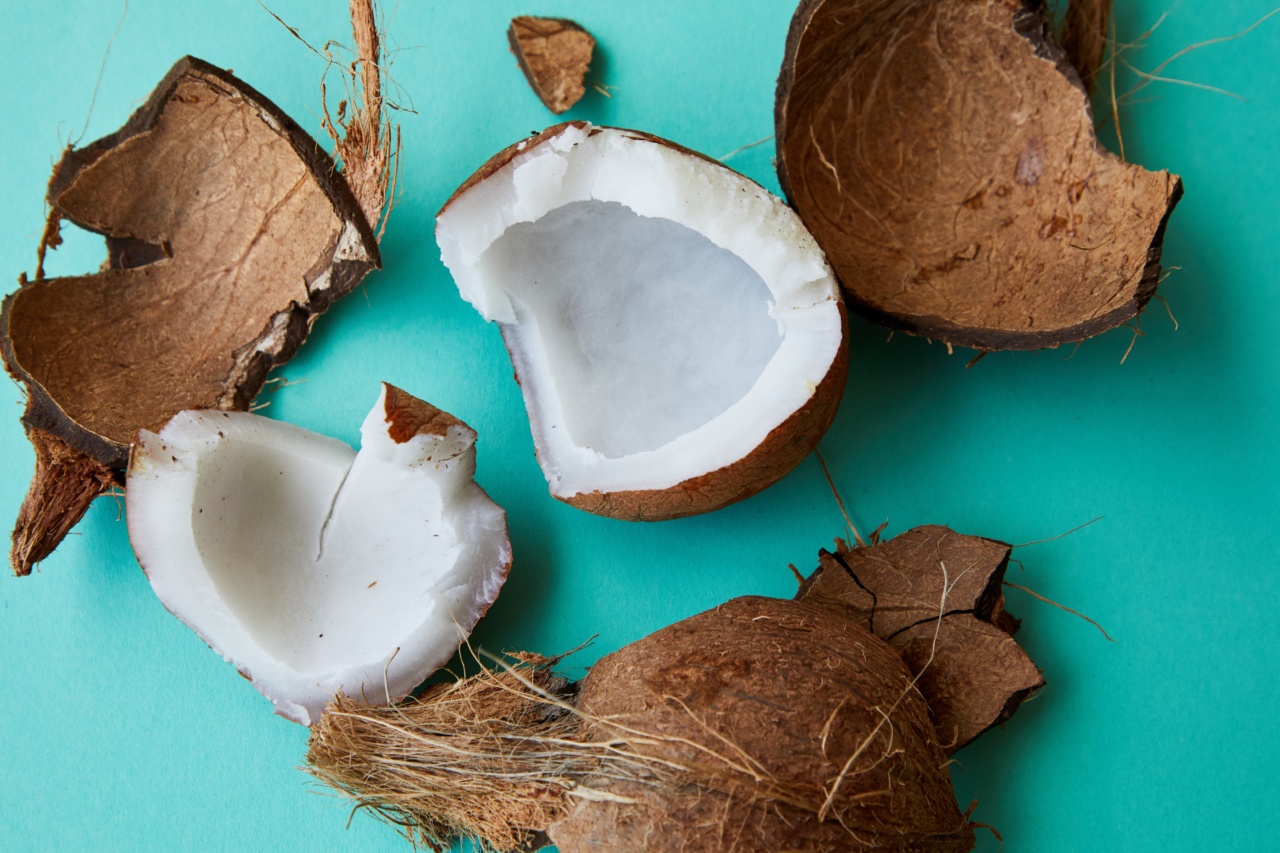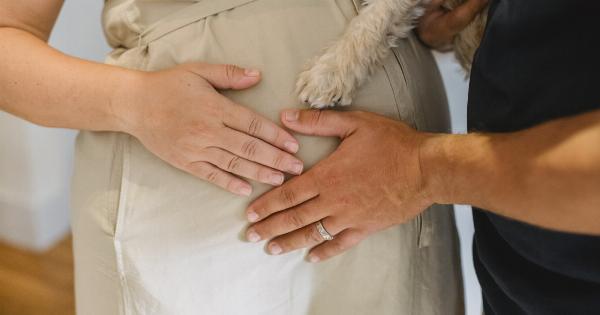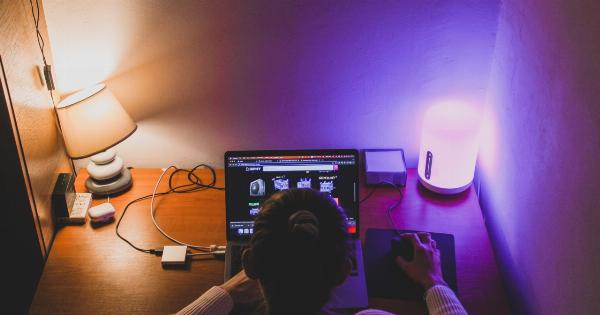A coconut bladder, also known as a urinary bladder stone or bladder calculi, is a condition that occurs when minerals in urine crystallize and form stones in the bladder.
These stones can be very painful, causing discomfort while urinating, frequent urination, and blood in the urine. In this article, we will discuss how to treat a coconut bladder.
Symptoms of coconut bladder
The most common symptoms of coconut bladder are pain and discomfort while urinating, frequent urination, and blood in the urine. Other symptoms may include:.
- Lower abdominal pain
- Back pain
- Painful urination
- Difficulty passing urine
- Feeling of incomplete emptying of the bladder
- Fever and chills
Diagnosis of coconut bladder
If you suspect that you have a coconut bladder, it is important to see a doctor. The doctor will perform a physical exam and may order imaging tests such as an X-ray or ultrasound to confirm the diagnosis.
Blood and urine tests may also be done to check for infection or other underlying medical conditions.
Treatment of coconut bladder
The treatment of coconut bladder depends on the size and location of the stone, as well as the severity of symptoms. In some cases, small bladder stones may pass out of the body on their own. Drinking plenty of water can help flush out the stones.
Pain relievers may also be prescribed to help manage the pain.
In more severe cases, medical treatment may be needed. This may include:.
- Medications to dissolve the stones
- Lithotripsy, a procedure that uses shock waves to break up the stones
- Surgery to remove the stones
Prevention of coconut bladder
There are several steps you can take to reduce your risk of developing a coconut bladder:.
- Drink plenty of water to flush out your bladder
- Avoid holding in urine for long periods of time
- Avoid foods that are high in oxalate such as spinach and rhubarb
- Avoid foods that are high in salt and animal protein
- Exercise regularly to promote good circulation and healthy bladder function
When to see a doctor
If you experience any of the symptoms of a coconut bladder, it is important to see a doctor. The earlier the condition is diagnosed and treated, the better your chances of a full recovery.
Conclusion
A coconut bladder is a painful condition that can be treated with medication, lithotripsy, or surgery. To reduce your risk of developing a coconut bladder, drink plenty of water, avoid holding in urine for long periods of time, and exercise regularly.
If you experience any of the symptoms of a coconut bladder, see a doctor for proper diagnosis and treatment.






























